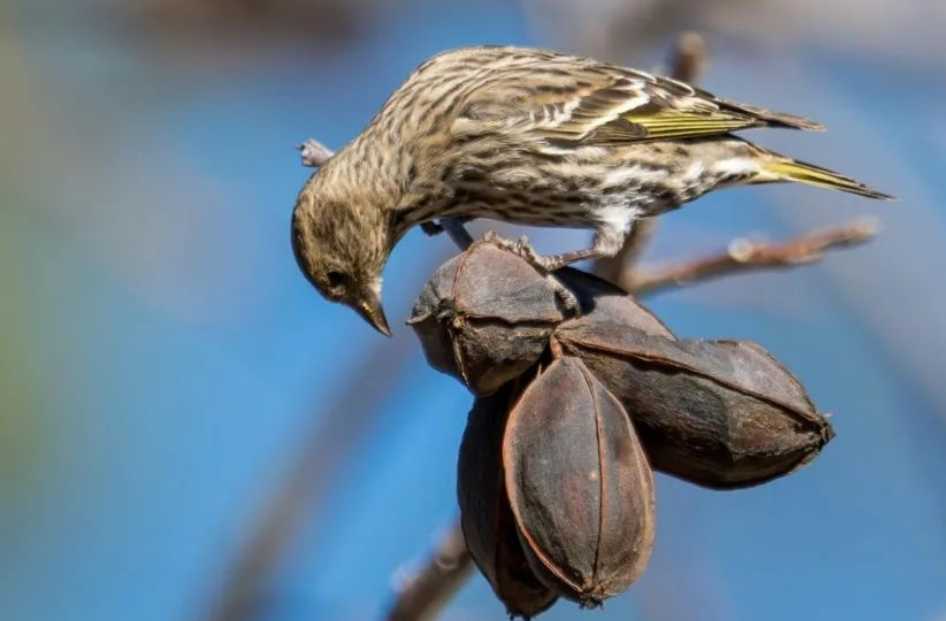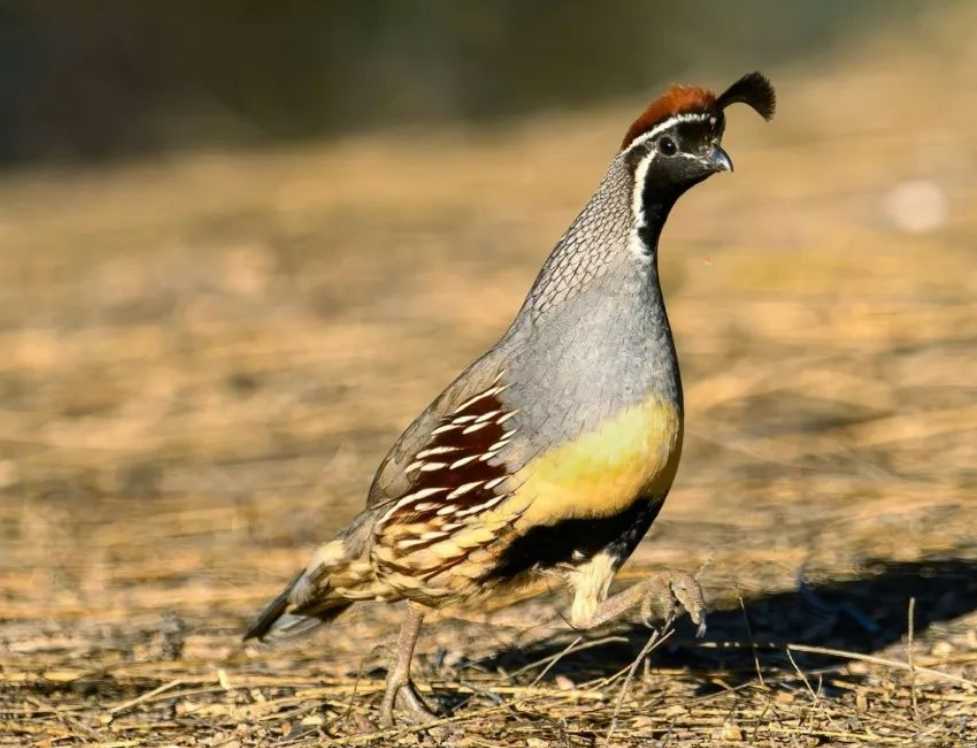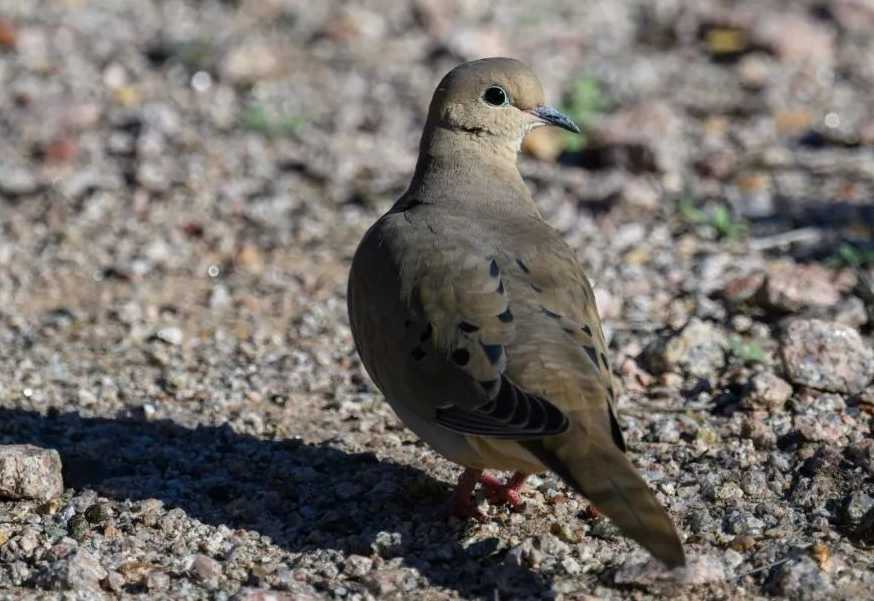The Ring - Necked Duck (Aythya collaris), a fascinating waterbird, has captured the attention of birdwatchers across the Americas. This medium - sized diving duck, with its unique features and behaviors, thrives in a variety of aquatic habitats.
The Alluring Ring - Necked Duck: A Diving Marvel of the Americas
The Ring - Necked Duck (Aythya collaris), a fascinating waterbird, has captured the attention of birdwatchers across the Americas. This medium - sized diving duck, with its unique features and behaviors, thrives in a variety of aquatic habitats.
Source: Images from the Internet, if there is any infringement, please contact the removal of
Measuring around 39 - 46 centimeters in length, the Ring - Necked Duck exhibits sexual dimorphism. Males are strikingly handsome, sporting a glossy black head, chest, and back. Their sides are a cool gray, and a prominent white wedge adorns the area in front of their folded wings. The bill is gray, with a white border at the base and a distinct white band behind the black tip. Their bright yellow eyes add a touch of vividness. Females, on the other hand, are more subtly colored. They have a brownish - gray body, a dark - brown crown, and a pale - colored cheek with a white eyering. The bill of the female also has a white band, though it's less conspicuous compared to the male's. Contrary to its name, the chestnut - colored ring around the neck is extremely difficult to spot.
These ducks are highly adaptable when it comes to habitats. During the breeding season, they prefer freshwater marshes, bogs, and other shallow wetlands, often those surrounded by woody vegetation, across the northern United States and Canada. As winter approaches, they migrate southwards, seeking warmer waters. They can be found in a range of environments, from small, tree - lined ponds to large lakes, slow - moving rivers, estuaries, and coastal lagoons in the southern parts of North America, and even as far as Central America.
Ring - Necked Ducks are primarily divers. They plunge into the water to feed on a diverse diet. While plants form a significant part of their menu, including tubers, seeds, and leaves of aquatic plants like pondweeds and wild rice, they also consume aquatic insects, snails, and clams. In spring, pairs form during migration. The female constructs a bowl - shaped nest, usually on a dry hummock or in a clump of brush near open water, lining it with grasses and down. She lays 8 - 10 eggs, which she incubates for about 25 - 29 days. Unlike many ducks, the female often stays with the young until they can fly, guiding them to find food and protecting them from potential threats. Despite facing some challenges such as habitat loss and pollution, their population has remained relatively stable, continuing to grace the waters of the Americas with their presence.






